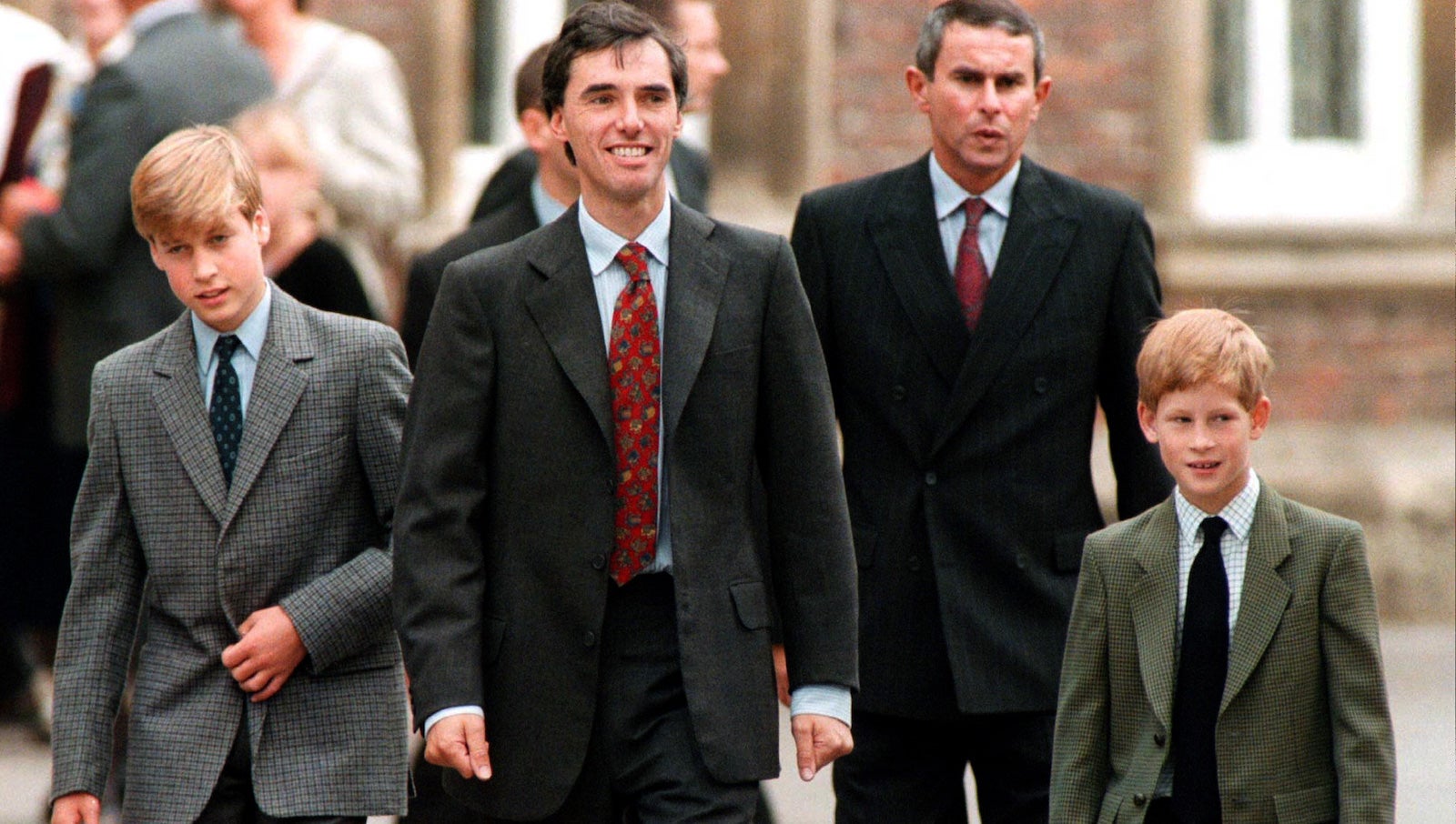Oxford wants to recruit a new kind of disadvantaged minority: white working-class boys
Inequality in education is a hot topic around the globe right now. As the Ivy League scrambles to ramp up their recruitment of racial minorities, one of the world’s most prestigious universities on on the other side of the pond is looking at a disadvantaged population with far less renown.


Inequality in education is a hot topic around the globe right now. As the Ivy League scrambles to ramp up their recruitment of racial minorities, one of the world’s most prestigious universities on on the other side of the pond is looking at a disadvantaged population with far less renown.
Oxford announced this week that it’s launching a summer school to specifically recruit male students from rural and coastal areas, bringing them to campus and having them study subjects such as computer science, law, and ancient history with the school’s professors.
Recently, UK prime minister Theresa May noted that poor white boys are “less likely than anybody else in Britain to go to university” and the charity group Sutton Trust found that the group has the lowest secondary education grades of any major ethnic group. (Boys in the group, especially, perform the worst.)
In Britain and beyond, higher education as a whole tends to highlight the awkward gaps that exist between the rich and the poor. It’s not just that poor students can’t afford to pay tuition fees; they’re usually academically disadvantaged, unprepared for university applications, and often disinterested in the abstract intellectualism that so distinctly characterizes college campuses. Students from wealthier families, meanwhile, get access to private schools, application coaching, and a myriad of other comforts that make them shoo-in candidates for schools like Oxford, Harvard, and Yale. Those discrepancies are exactly the kinds of forces that have driven disgruntled white working-class people to turn their backs on their educated elite counterparts and—say—vote for Donald Trump.
Given how long the UK and US have both been seeing their white populations, the dominant race in both nations, splitting apart along class lines, Oxford’s focus on poor whites is perhaps overdue. And if that’s the case, US schools right how have similarly critical catching up to do.